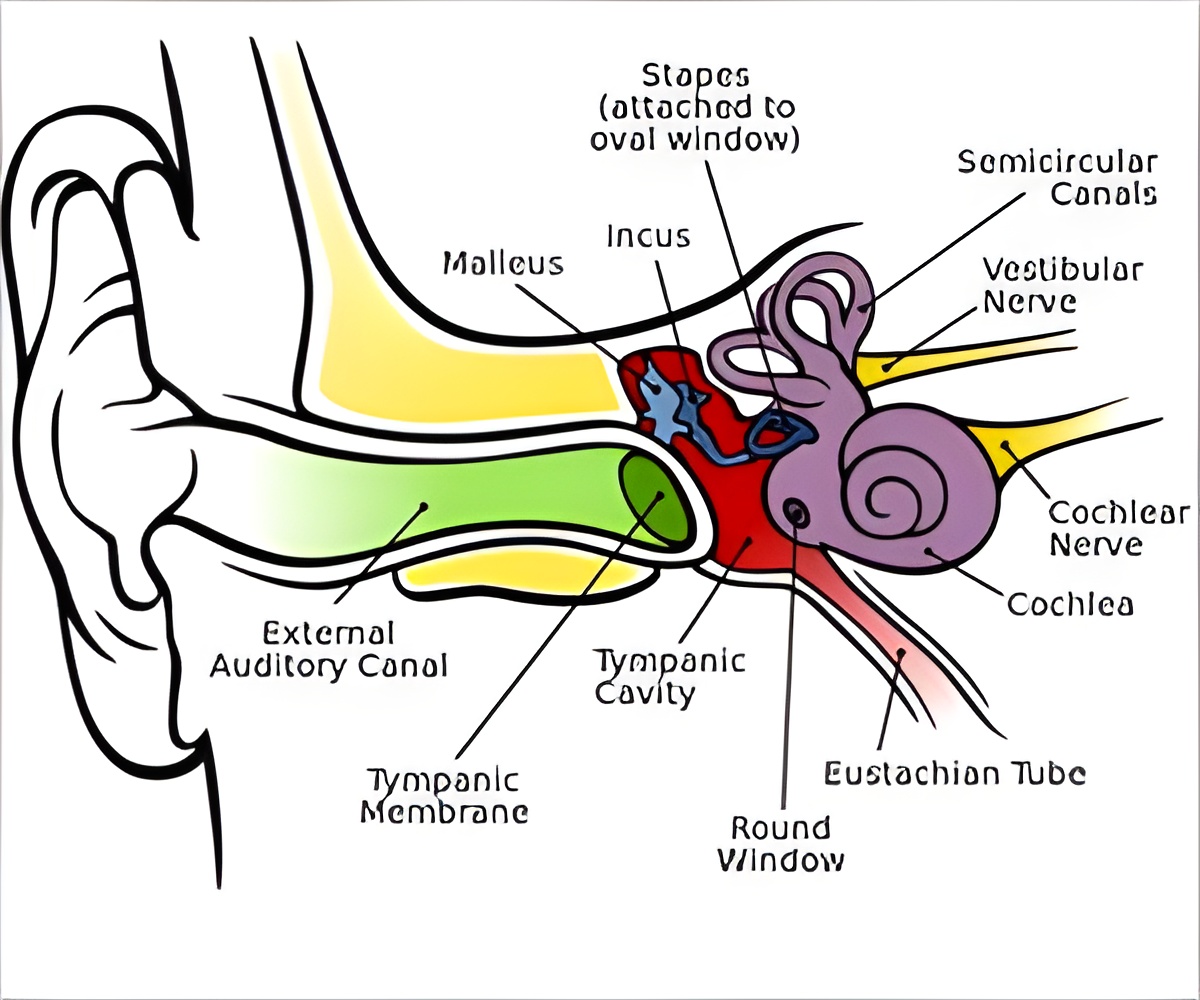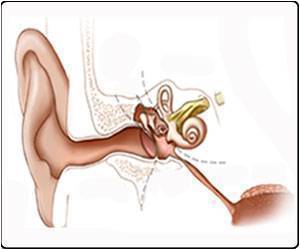
The study revealed that not only the terrestrial adult salamanders, but also the fully aquatic juvenile salamanders and even the lungfish, which are completely maladapted to aerial hearing were able to detect airborne sound despite of not having a tympanic middle ear by sensing the vibrations induced by sound waves.
The researchers concluded with their study that the early terrestrial vertebrates without tympanic middle ears were not deaf to airborne sound during the first 100 million years on land.
The study is published in two journals Proceedings of the Royal Society B and The Journal of Experimental Biology.
Source-ANI








